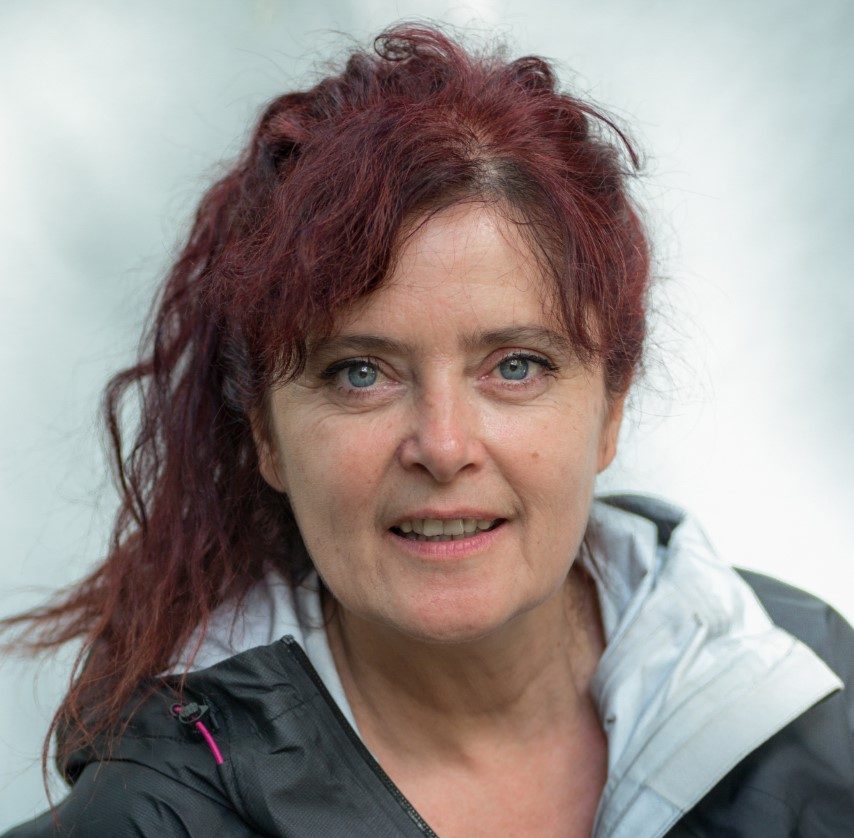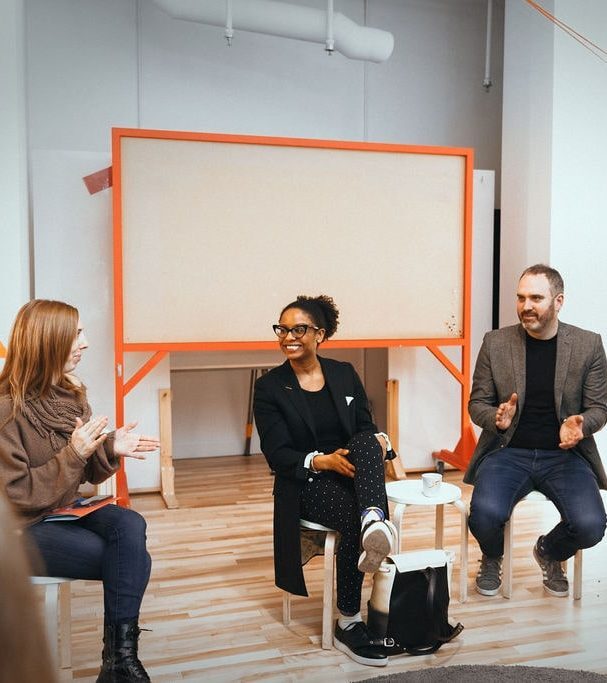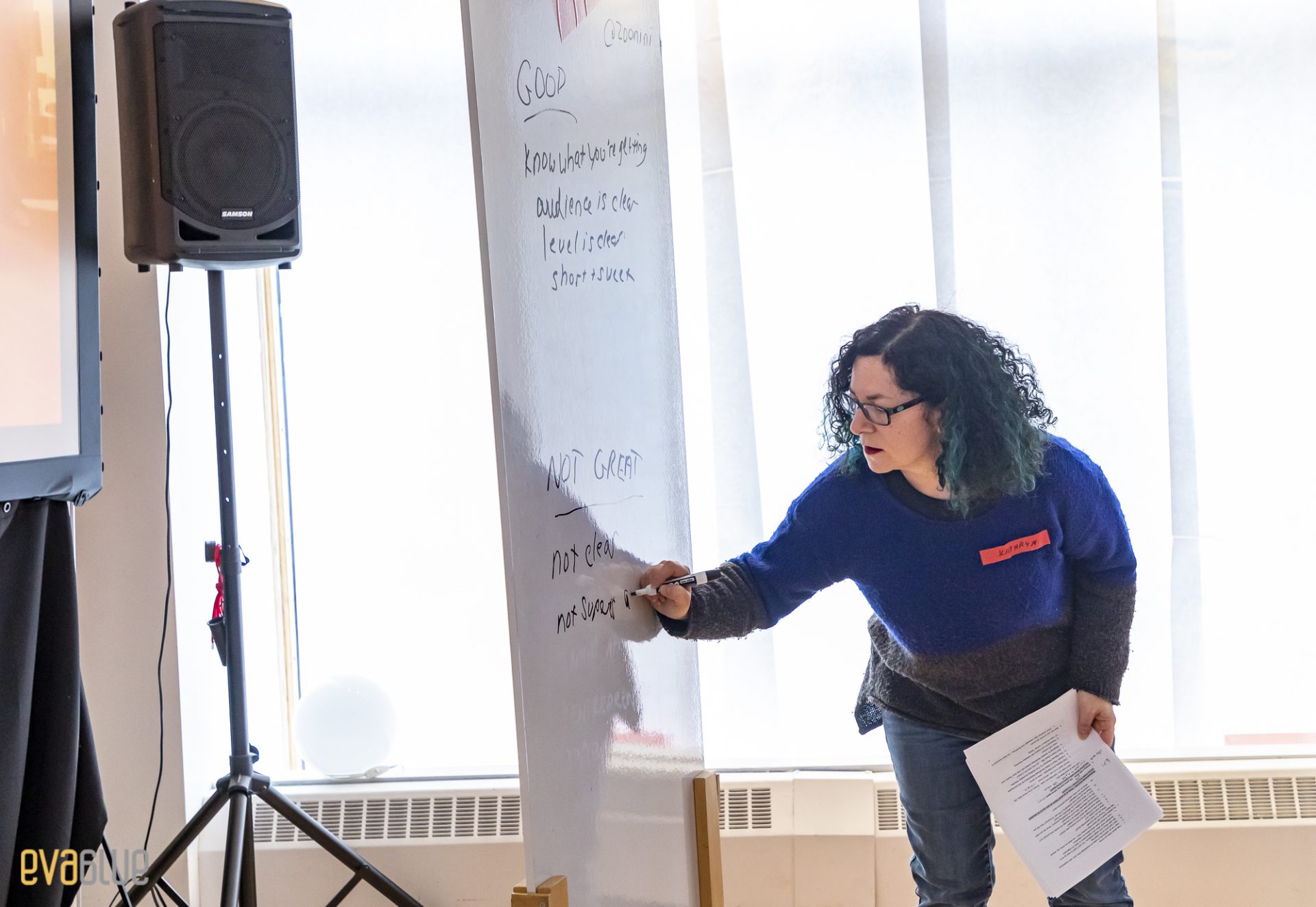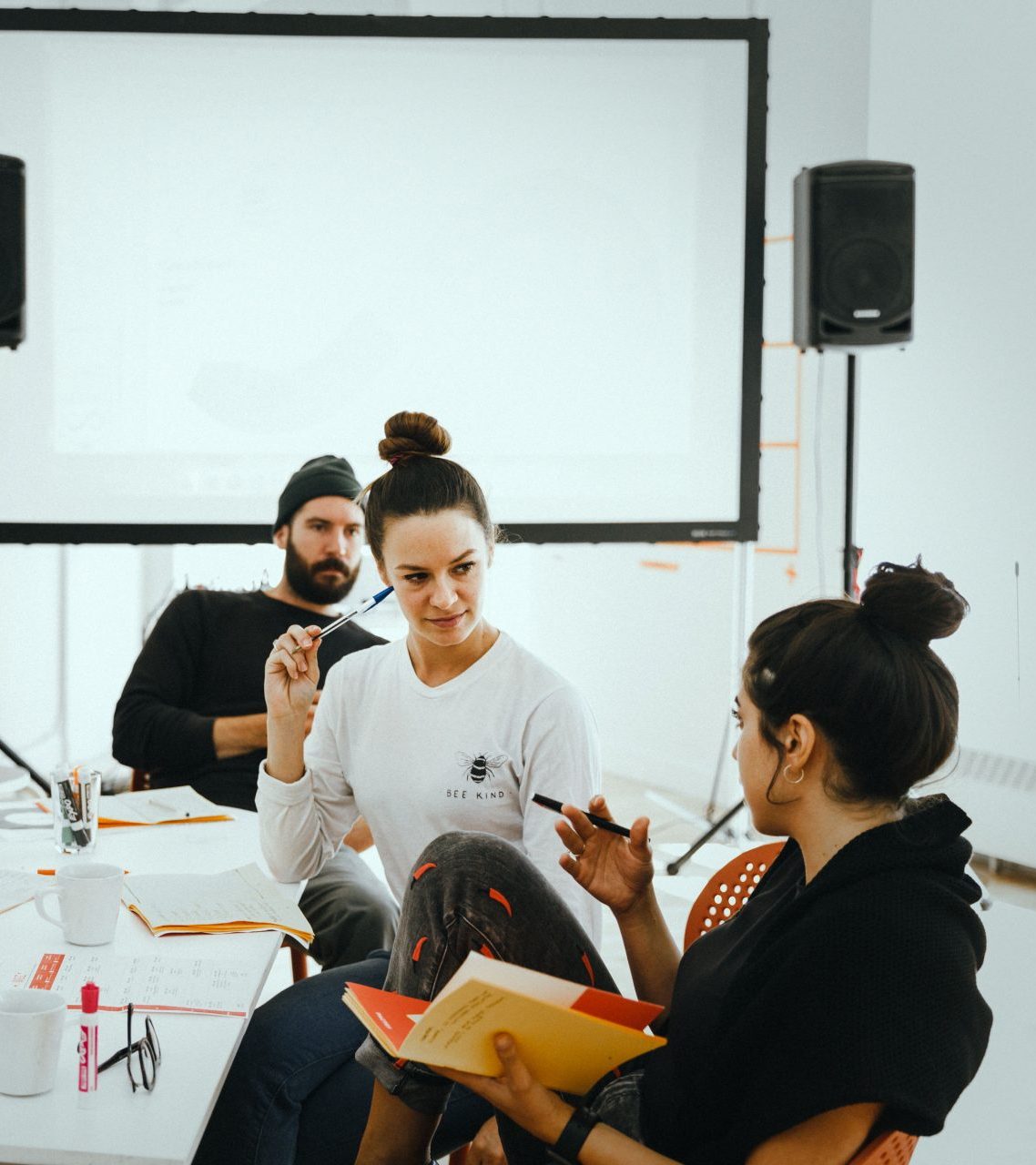How the Société de transport de Laval found innovative solutions to become attractive again for its users, thanks to Factry’s design thinking coaches. Here’s the story of an unprecedented creative sprint.
Please note that this article is translated from the original French version.
When Sylvie Marien received an invitation from the management of the Société de transport de Laval to participate in a collaborative exercise to brainstorm a recovery plan last spring, the 28-year-old marketing consultant accepted without hesitation.
Like most transit agencies around the world, the STL was struggling to regain the ridership it had before the pandemic, despite the economic recovery. How do you rethink public transit to adapt it to new social realities? STL management decided to put the answer in the hands of its employees, and Sylvie Marien did not let this opportunity pass her by. “I’m very interested in the customer experience, so participating in an exchange of ideas on this issue seemed really interesting to me,” she says.
Of the company’s 1 110 employees, about 20 others also accepted the invitation to participate in virtual workshops. The exercise brought together a broad spectrum of employees: bus drivers, maintenance staff and office workers, both unionized and non-unionized. In short, people who work for the same employer but never cross paths on a daily basis. For three days, they met in teams of six to think differently under the guidance of Alexandre Joyce, a specialist in design thinking, an innovative method that consists of finding solutions using empathy as a research tool.
We are all creative people
Alexandre is a coach at Factry, the School of Creative Sciences that helps companies identify their problems and find innovative, implementable solutions The role of the coach is to promote a creative posture in a professional environment that usually expects its employees to apply academic knowledge.
During these three days of collective ideation, he is the conductor; the employees are the musicians. He sets the tone, but it is the employees who play the music. “The independence of the speaker is key,” he says. The creative leader is not there to impose his or her ideas, but to create a social framework and a relaxed atmosphere that allows each person to reveal his or her personality in an atmosphere of trust. The virtualization of exchanges does not take away from the human contact. The idea behind the design thinking method is to bring each employee out of the silo and to use his or her strengths to push the thinking outside the conventional framework.
It doesn’t matter to Alexandre Joyce if these employees are administrative assistants, communications advisors or apprentice mechanics: during the first round of discussions, he invites them to introduce themselves, using an action verb rather than their professional title. “Defining yourself by the actions you take in the company is to value doing rather than being,” he said. It’s already being in action… and interaction.
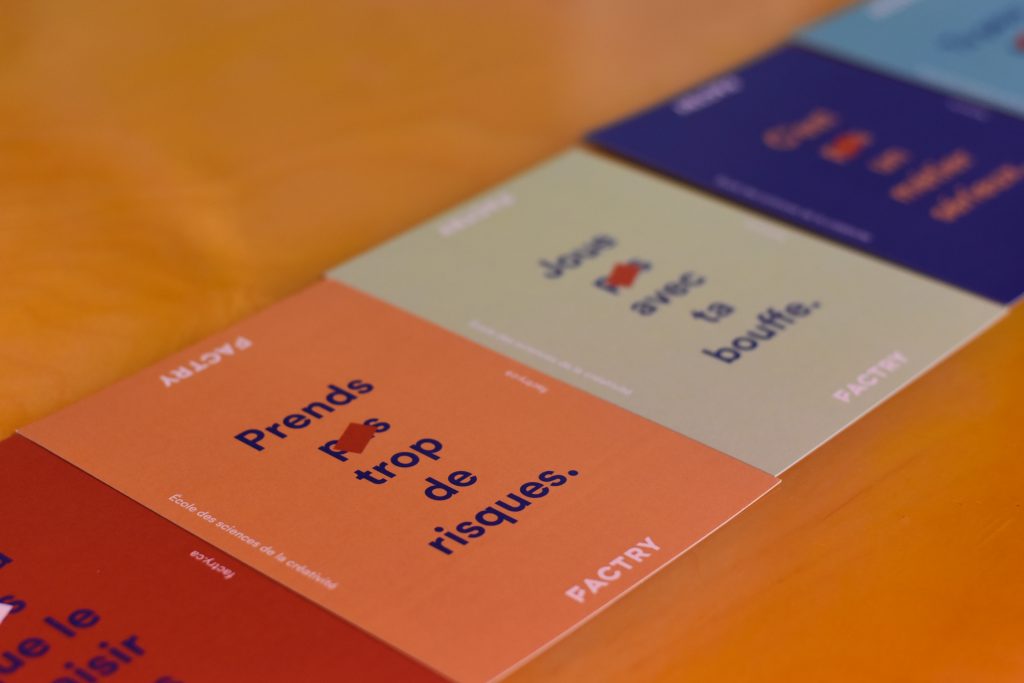
Management has the why, the employee has the how
“As soon as we resumed operations, we worked on an action plan with a communication campaign, an extension of service outside of peak hours and an improvement of the customer experience,” explains Guy Picard, general manager of the STL. “Then we asked ourselves: what else? We then turned to the Factry to mobilize our employees around a common project: the revival of public transit.”
Based on promising questions, each team member worked -first individually, then collectively- to put together the fruit of their reflections during an initial exploratory day: how can we implement a transit pass adapted to the new hybrid work reality between telecommuting and face-to-face work? How to attract die-hard car drivers? How to attract 18-34 year olds?
From the second day, some feasible answers emerged: collective cabs to personalize transportation and thus open up certain sectors; attractive discounts offered by local merchants to support local purchasing; an app to measure the reduction of GHG emissions by public transit and obtain rewards; “dynamic” lines that meet the variable weekly travel needs of workers.
“I had just returned from Disney World,” recalls Sylvie Marien. The idea of flexible on-demand routes to access Laval’s employment hubs came quite naturally.” Over the course of discussions, these lines took on the colorful name of elastic shuttles.
The design thinking technique and the collaboration between all allowed to extend thinking well beyond the normative framework and to open up the field of possibilities in order to bring out new ideas.
Turning an idea into an image
The third and final day was the presentation of the results of the creative sprint just like the popular show Dans l’œil du dragon, delivered in front of the members of the management team, including Guy Picard. Each team presented their ideas and tested them against the constraints of reality.
During this day of testing, the questions were transformed into concrete proposals and raised more questions and constructive criticism from management; design thinking is an iterative methodology. Positive feedback is good,” says coach Alexandre Joyce. Negative feedback and constructive comments are better: it gives energy to go further.” A panel of young students from Factry’s youth program rounded out the discussions and provided perspective for the future. This inclusion of young people in the business community is one of the values advocated by the Factry, for the exchanges and atypical solutions that it yields.
But these perspectives had to be understandable for everyone. Through enlightening sketches and designs, the graphic artist François Cliche materialized concepts of accessibility, efficiency, ecology and inclusion. “A graphic presentation that reflects the dynamism of our exchanges,” said participant Sylvie Marien. These graphics brilliantly illustrated abstract notions and led to an edifying perspective.
At the end of this creative sprint, management took all of this under their arm, aware that they had enough material to draw inspiration from and imagine the future of public transit in Laval. This exercise gave the STL impetus to take action. “Times have changed; it’s time to try new things,” explains Guy Picard.
Beyond the innovative ideas that the exercise brought to light, most important of all were the pooling of individual strengths and the human experience that came out of the adventure. “There are many of us at the STL but we don’t all know each other. Having the chance to work with other employees that we don’t get to meet because of our jobs is a real opportunity,” concludes Sylvie Marien, marketing consultant — and now certified creative!
The three most important conditions for design thinking
- A (real) desire for innovation demonstrated by the management of a company;
- The use of a facilitator (or coach) from outside the company, a skilled communicator and a pro in the art of generating ideas;
- The establishment of a preliminary social framework, enabling the creative exchange of participants.

